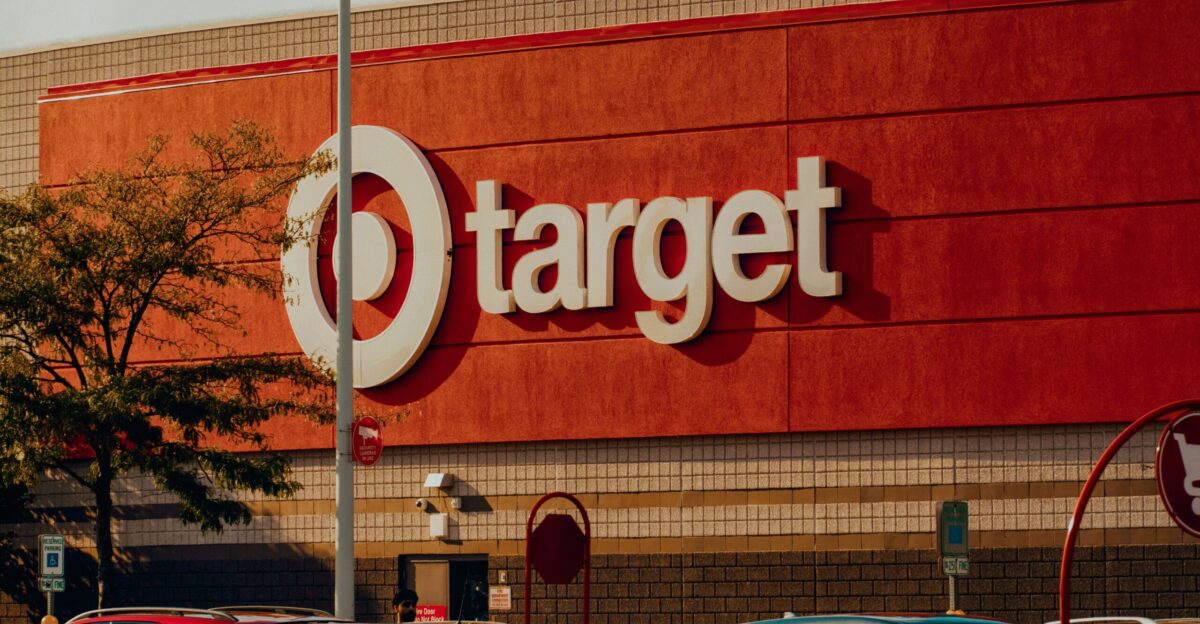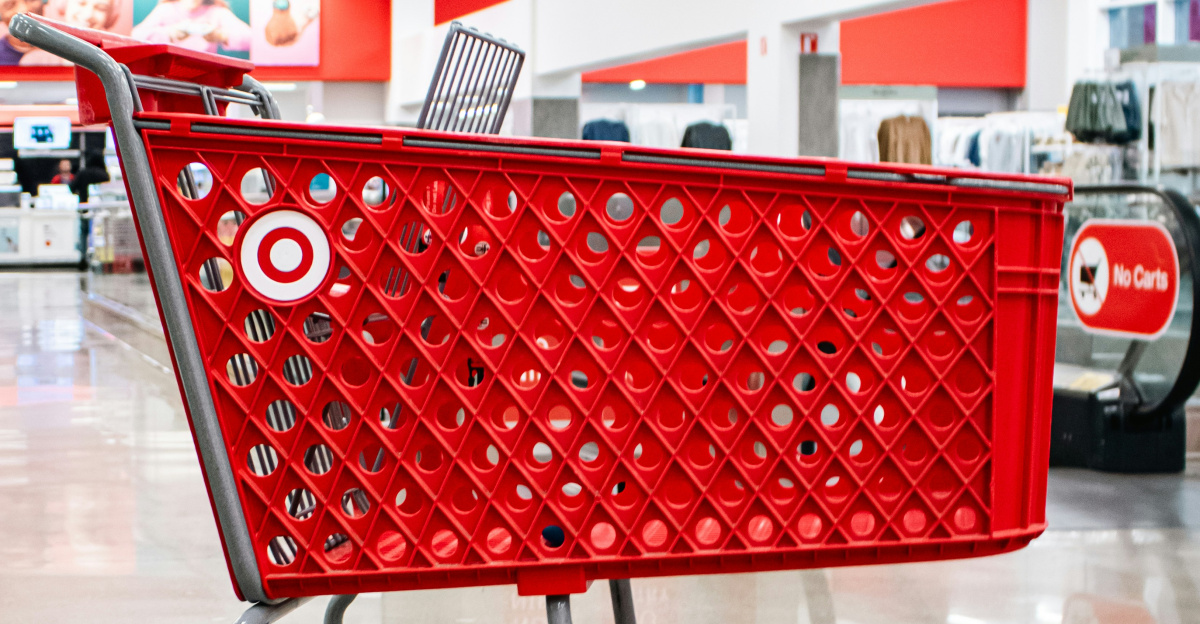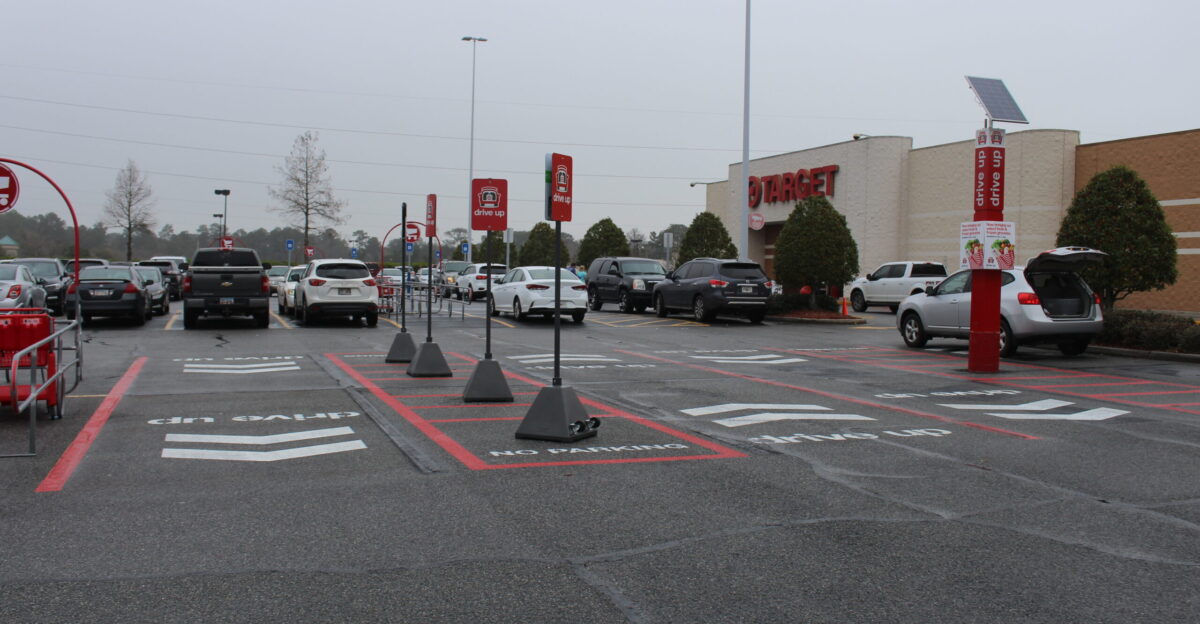
On November 11, 2025, Target announced nationwide price cuts on 3,000 food, beverage, and household goods items, targeting price-sensitive shoppers. This strategic pricing initiative directly challenges Walmart’s dominance in value-focused categories. With Thanksgiving approaching, does Target’s aggressive strategy give them the edge?
The race to dominate holiday shopping has begun. Target’s move represents a calculated bet that aggressive pricing in essential categories can shift consumer behavior during one of the year’s most critical shopping periods.
Competing for Thanksgiving Shoppers

Target has cut its Thanksgiving meal to under $20 for four—its “lowest ever” price—competing directly with Walmart’s holiday shopping dominance. Walmart’s $4 per person meal remains lower, demonstrating its structural cost advantage. The battle isn’t about individual item prices, but about which retailer convinces budget-conscious families they offer better overall value.
Both retailers understand Thanksgiving shopping is critical to locking in customer loyalty through the entire holiday season ahead.
The Rivalry Intensifies

The Target-Walmart rivalry has escalated in 2025. While Walmart remains the go-to for low prices, Target’s 3,000-item price cuts represent a strategic offensive to reclaim market share in essential categories where Walmart dominates. By cutting prices on groceries, household essentials, and food, Target attempts to close the value gap and capture price-sensitive shoppers defecting to Walmart.
Historically focused on blending value with quality, Target has shifted strategy amid economic pressure. The company now challenges Walmart directly, betting aggressive price cuts will attract shoppers this holiday season—a fundamental change for a retailer known for curated merchandise and brand experience.
Rising Economic Pressures

Inflation is pressuring consumers on everyday essentials. 73% of retail executives are raising prices, while nearly half of consumers (48%) report money as a source of stress, with 76% worried about rising costs. This environment forces retailers to deliver real savings to maintain loyalty—for many, these price wars determine whether they can afford a holiday meal.
Target’s aggressive pricing becomes both urgent and necessary given consumer economic conditions.
Target’s Bold Gamble

Target has reduced prices on 3,000 products nationwide, specifically targeting essential goods categories where Walmart maintains dominance—food, beverages, and household goods drive Walmart’s competitive advantage. By aggressively discounting these areas, Target aims to regain ground among price-conscious shoppers.
Lisa Roath, Target’s executive vice president and chief merchandising officer of food, essentials and beauty, stated: “It’s important work that will make a difference for families managing tight household budgets during the holidays.” Target also announced a $500,000 donation to Feeding America. But can this price war succeed?
Price Cuts Across the Nation

Target’s nationwide rollout impacts families coast to coast. Retail analysts describe this as competitive positioning—a deliberate attempt to penetrate Walmart’s core customer base in categories most important to value-conscious shoppers. In grocery-inflation-hit areas, shoppers are noticing savings, and for families hardest hit by inflation, every dollar counts.
Will these price cuts be enough to make Target the go-to choice this holiday season? The nationwide strategy demonstrates Target’s commitment to the offensive across all regions.
Shoppers Speak Out

Target customers are responding positively to price reductions, with many seeing holiday savings as essential. One shopper stated: “I can finally afford a full Thanksgiving meal for my family.” Others compare deals across retailers, weighing Target’s new prices against Walmart’s offerings.
Positive customer response suggests Target’s strategy resonates with value-conscious families, addressing genuine holiday shopping affordability concerns.
Walmart Fights Back

Multiple discount retailers are entering the price war beyond Target and Walmart. Aldi has introduced $40 Thanksgiving baskets for 10 people, intensifying competition. The crowded field means the race for the best deal is increasingly heated—every chain scrambles to secure budget-conscious shoppers as the competitive landscape expands.
This multi-retailer competition fundamentally reshapes the holiday retail environment, benefiting consumers through broader price reductions.
Retail Market Shifts

Mass merchants are winning the holiday dollar battle. While Walmart has historically dominated, Target’s price strategy on 3,000 items signals an aggressive effort to regain competitiveness. Data shows 77% of parents planned to shop at mass retailers in 2024, reflecting the ongoing shift toward value retailers.
Walmart’s e-commerce and revenue growth continue outpacing others, while Target fights to reverse recent declines in store traffic and sales. This reflects both Walmart’s scale advantage and the urgency of Target’s response—shoppers increasingly prioritize value, making competitive pricing critical to both retailers’ 2025 position.
Price Cuts Have Consequences

Target’s 3,000-product price reduction carries significant risks. While Target’s individual prices may not always beat Walmart’s, aggressive pricing positions Target as a competitive alternative seeking market share gains. Despite immediate traffic boosts, Target faces declining margins and strained supplier relationships.
The price war could damage long-term profitability, as the company gambles on regaining customers at high cost. Financial analysts question whether short-term customer acquisition justifies margin compression across such a large portfolio.
Internal Challenges

Rapid price change implementation presents operational challenges for Target’s stores. Heavy workload managing inventory and promotional changes creates pressure on staff maintaining customer service amid upheaval. Implementation of 3,000 price changes simultaneously across thousands of stores represents one of retail’s most complex logistical undertakings.
Success depends on both pricing strategy and Target’s operational execution capabilities.
Target’s Leadership Focus

Leadership’s focus on value delivery aims to combat competition. However, analysts question whether aggressive pricing sustains growth or risks long-term profitability damage. This strategic shift departs from Target’s historical premium positioning, raising questions about brand differentiation.
Can a retailer maintain premium positioning while competing primarily on price? This core question looms over Target’s 2025 strategy. Success requires balancing value delivery with brand equity preservation—an equilibrium challenging for retailers attempting similar transitions.
Reviving the Brand

Beyond price cuts, Target layers in multiple initiatives creating competition stickiness. Dealworthy brand offerings, Circle Card discounts, expanded private labels, and supply chain improvements all target value-conscious shoppers. Private labels and loyalty programs offer tools to compete on value while protecting margins through exclusive offerings competitors cannot replicate.
These multi-faceted efforts aim to reverse recent brand struggles beyond pure pricing.
Retail Experts Express Doubt

Some retail experts argue deep discounts won’t offset Target’s ongoing struggles. While competitive pricing on essential items attracts shoppers, Walmart’s structural advantages—scale and efficiency—remain difficult to overcome through pricing alone.
Experts warn aggressive competition could harm profitability across the entire sector, with consensus suggesting the strategy may stabilize Target’s metrics but long-term viability depends on factors beyond price.
A New Era for Retail?

The 2025 holiday season will test whether Target’s 3,000-item price cuts reshape retail competition. Will these discounts become industry standard, or will competition between these giants spiral into unsustainable brinkmanship? Whether Target’s gamble succeeds or fails, the initiative signals that value-category competition has intensified significantly.
The outcome will redefine where and how Americans shop, setting the stage for retail’s next evolution. This period will reveal whether Target can translate pricing announcements into sustained market share gains.


